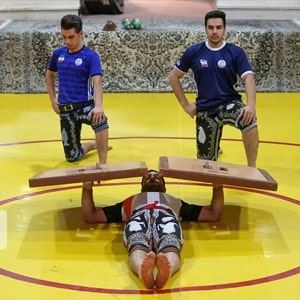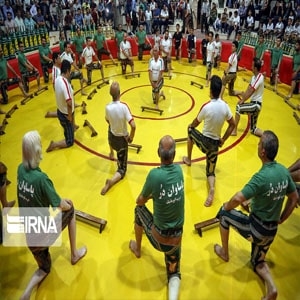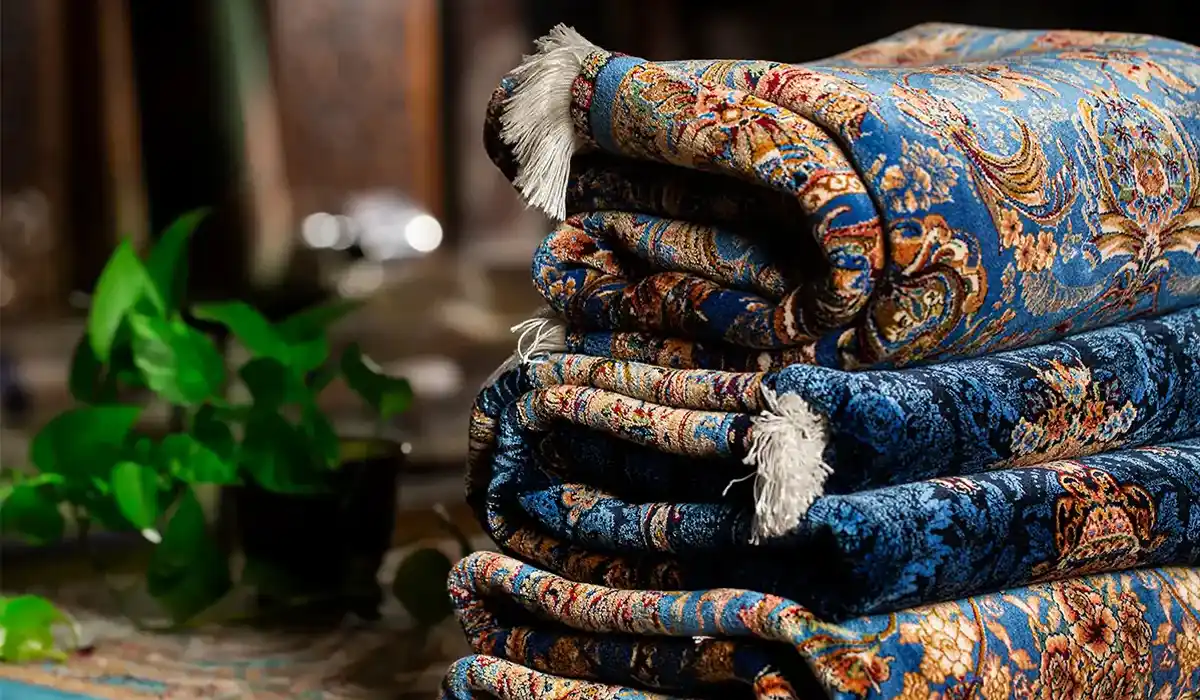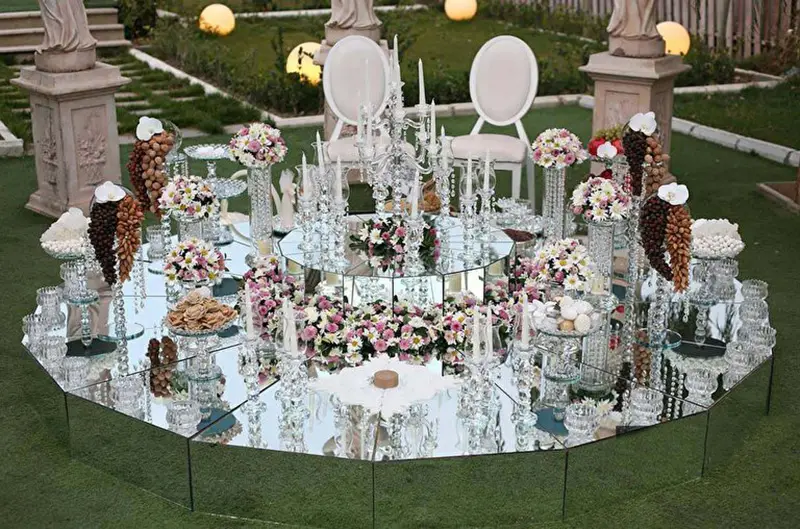Persian traditional Pahlavani sport

The Persian traditional Pahlevani sport or Zorkhaneh is one of the oldest manifestations of ancient Iranian culture. Ancient sports are said to be a set of physical movements to cultivate the body and spiritual teachings to elevate the soul, which is mixed with moral principles and makes heroes out of ordinary people. Pahlavani ritual and ancient sports or Zorkhaneh have been registered in the world by UNESCO in the name of Iran.
Persian traditional Pahlevani sport, which is another name for summer sports, is the name of a set of sports movements with and without equipment, in which special customs are performed, which are known from the historical and cultural sports of Iran and have been popular since ancient times.
The Persian traditional Pahlevani sport is one of the Pahlavani rituals and traditional sports of Iranians. Historians believe that 700 years ago, Mahmud, who was known as Puriya Wali and lived in Khwarezm, made the Zorkhanehs in their present form.
The name Zorkhane is mixed with the name Puriya Wali. Puriya Wali is considered one of the most famous and oldest Iranian wrestlers, whose life is intertwined with legends. What is certain is that he was a famous champion and a virtuous mystic who knew Sufism and was unique in his chivalry. His occupation was leather embroidering and his tomb is located in Khoi.
The history of Pahlavani sport
In the distant past, Persian traditional Pahlevani sport has referred to as chivalry, and most of those who participated in Zorkhanehs had characteristics such as generosity, chivalry, and bravery. Also, Murshid of Zorkhaneh recites melodious poems and stories during sports to excite the athletes along with the Zorkhaneh beat and especially mentions the pains of chivalry and valor which are very valuable.
In the ancient past, Pahlavans were among the most valuable social classes and they were after the priests. In that era, fighting is considered one of the ancient values and since the Pahlavans have mastered all kinds of fighting techniques, they were very popular among the general public.
With time, martial arts were mixed with team sports and became a show. After that, with the addition of moral principles to this collection, a new style was created, which today is called the Persian traditional Pahlevani sport.
In the past, a Pahlavan was not only a skilled and experienced warrior, but he was also very dominant in terms of the spiritual level of the soul. Among the moral qualities of Pahlavans, we can mention hospitality, chivalry, helping the poor and the weak, humility, and generosity.
Terms of traditional Pahlavani sport
The place where the Pahlavans in Persian traditional Pahlevani sport meet and practice and perform wrestling rituals and ancient sports is called Zorkhaneh. Zorkhaneh has a special building. The roof of Zorkhaneh is high and dome-shaped. Under the dome, there is a polygonal area, which is the main place for practicing and performing Zorkhanehei ceremonies. This polygonal (generally 6-sided) place is a few meters below the ground level, and that’s why it was named God.
Zorkhanehs have a short door, and the reason for that should be sought in the philosophy of humility. In short, it causes new arrivals to forcefully enter this place with a bent posture, which is a sign of politeness and humility. Zorkhanehs are not only a place to perform Persian traditional Pahlevani sport, but because of the spiritual teachings they have for their athletes, they have become a sacred place that is highly respected.
Zorkhanehs have their own rules and Persian literature. When attending Zorkhaneh, one should pay attention to the hierarchy of the Pahlavis, age, as well as religious origin. Sadat – that is, people whose lineage goes back to the Prophet of Islam – have high respect and closeness in Zorkhaneh. Old and veteran Pajlavans, who are known as Zangi Pahlavan, also have special respect in Zorkhaneh.
Each Zorkhaneh has a Murshid and a Mandar. In the past, a Murshid was said to be someone responsible for training people, and under his supervision and by applying his teachings, Pahlavans reached the status of Pahlavani. Everything is done in Zorkhaneh under the supervision of the Murshid and with his discretion. Today, a person who has a pleasant voice and sings Pahlavani poems in the Zorkhaneh with a pleasant voice is called Murshid.
The place where the Murshid sits and deals with his duties is called Saddam. Saddam is a beautiful and respectable place. With the rhythm of reciting poems and also beating on the tambourine, Murshid gives order to the ritual ceremonies of the Pahlavis. Also, a famous bell is installed in the place of Murshid, which he rings on special occasions. One of the causes of ringing the bell is when the high-ranking Pahlvans enter and leave the Zorkhaneh, and the Murshid, along with reciting special poems and beating, also rings the bell as a sign of respect.
Mandar is also said to be an experienced and skilled athlete who stands in the middle of the Gud and while coordinating with the Murshid, gives the athletes exercises and performs the movements in the middle of God himself. Miranda can be considered the executive director of an ancient sport. Murshid also plays the role of commander.
Special equipment for Zorkhaneh
In Zorkhaneh, they perform Persian traditional Pahlevani sport with special tools and equipment. The first pillar is the use of special Persian clothing. In the past, athletes used to come to Zorkhaneh and exercise with a Long tied around their waist. Today, the use of Longs is prohibited, and instead of that, athletes are required to use special pants called Nata’i. Natalie is a pair of shorts below the knee, which is made of Persian leather around the waist and at the bottom, and has a Botejeqeh embroidered pattern on it.
The mill is the name of one of the equipment used in Zorkhaneh for exercise. Mil is a special wooden dumbbell that is made of different weights and the ancients use it to strengthen the arm and shoulder muscles. Canada is the name of a bow-like tool that is used to strengthen the upper body muscles.
Also, stones and traditional Swedish swimming boards are other tools that athletes use to strengthen their chest muscles. kicking, wheeling, and Swedish swimming are other movements that, although performed in the Zorkhaneh, do not require special equipment. There are different types of kicking and Swedish swimming, and the Murshid sings special poems for each of them and beats with a special rhythm. Wrestling is also performed in Zorkhaneh.










Comments